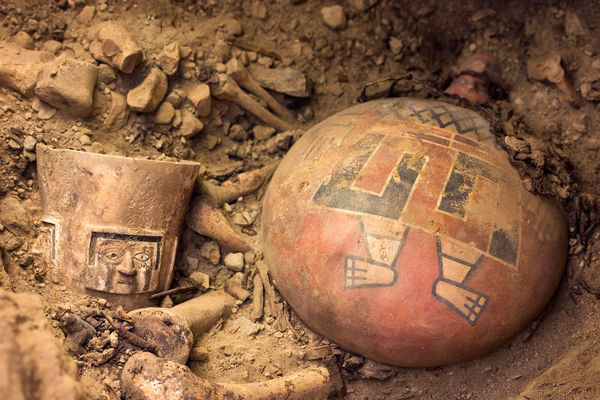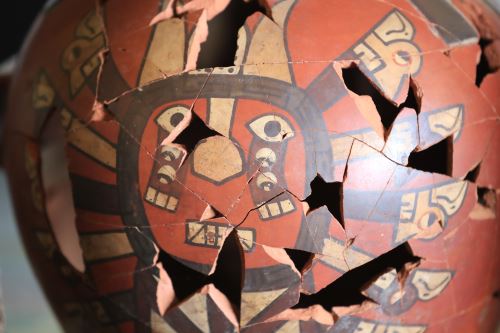
The Wari, a complex civilization that preceded the Inca empire in Pre Columbian America, didn’t rule solely by pillage, plunder and iron-fisted bureaucracy. Instead, they started out by creating loosely administered colonies to expand trade, provide land for settlers and tap natural resources across much of the central Andes.
These are roughly the results of a study made by scholars based at Dartmouth College, which appear in the Journal of Anthropological Archaeology, aimiming to shed new light on how early states evolved into empires in the region that became the Inca imperial heartland.
The study is the first large-scale look at the settlement patterns and power of the Wari civilization, which flourished from about AD 600-1000 in the Andean highlands, well before the Inca empire’s 15th century rise. Relatively little is known about the Wari. There are no historical documents and archaeologists are still debating their power and statecraft.

Many scholars think the Wari established strong centralized control (economic, political, cultural and military), like their Inca successors, to govern the majority of the far-flung populations living across the central Andes. But the Dartmouth study suggests that while the Wari had significant administrative power, they did not successfully transition most colonies into directly ruled provinces.
“The identification of limited Wari state power encourages a focus on colonization practices rather than an interpretation of strong provincial rule,” says Professor Alan Covey, the study’s lead author. “A ‘colonization first’ interpretation of early Wari expansion encourages the reconsideration of motivations for expansion, shifting from military conquest and economic exploitation of subject populations to issues such as demographic relief and strategic expansion of trade routes or natural resource access.”
The results are based on a systematic inventory of archaeological surveys covering nearly 1,000 square miles and GIS analysis of more than 3,000 archaeological sites in and around Peru’s Cusco Valley. The data indicate Wari power did not emanate continuously outward from Pikillacta, a key administrative center whose construction required a huge investment. Instead, the locations of Wari ceramics indicate a more uneven, indirect and limited influence even at the height of their power than traditional interpretations from excavations at Wari sites.
The study was supported by the Fulbright-Hays Doctoral Dissertation Research Abroad Fellowship Program, Skaggs Foundation, Organization of American States, National Science Foundation, National Geographic Society, National Endowment for the Humanities, John Heinz III Charitable Trust, and Wenner-Gren Foundation.





